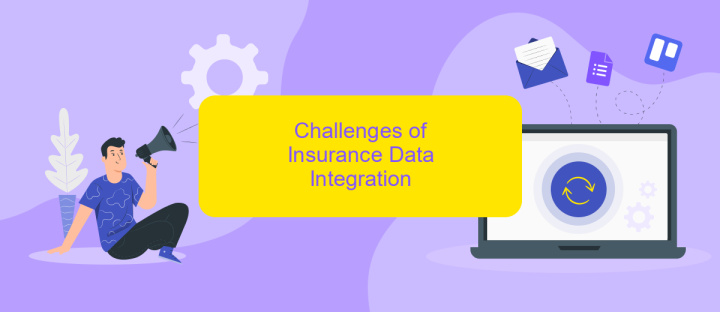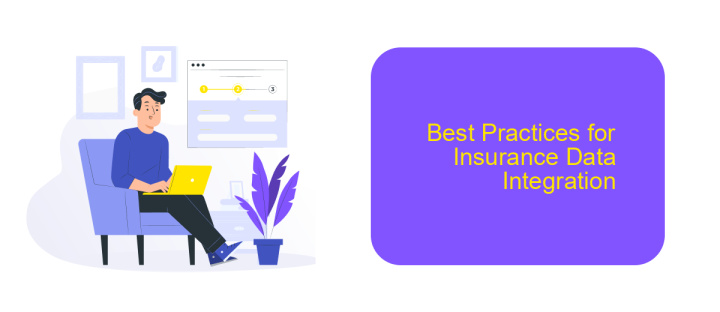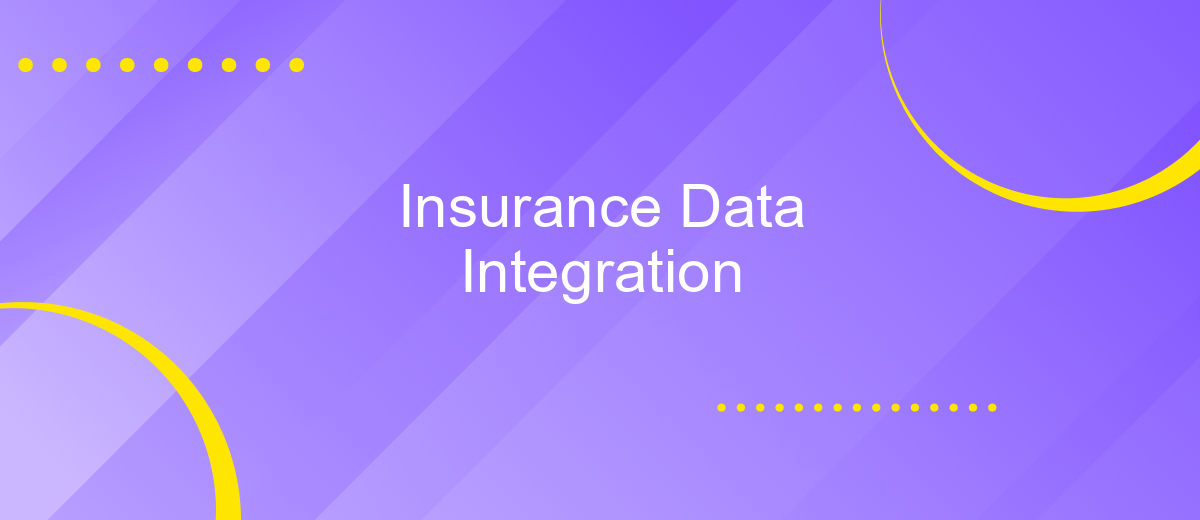Insurance Data Integration
In today's fast-paced digital world, insurance companies are increasingly recognizing the critical importance of data integration. By seamlessly combining diverse data sources, insurers can enhance operational efficiency, improve customer experience, and drive innovative solutions. This article explores the key benefits, challenges, and best practices of insurance data integration, offering insights into how companies can stay competitive in an ever-evolving market.
Introduction
In today's rapidly evolving digital landscape, the integration of insurance data has become a critical component for enhancing operational efficiency and delivering superior customer experiences. Insurance companies are increasingly relying on seamless data integration to streamline processes, reduce errors, and gain actionable insights from vast amounts of data.
- Improved data accuracy and consistency
- Enhanced customer service and satisfaction
- Streamlined operations and reduced costs
- Better risk management and fraud detection
- Informed decision-making with real-time data access
One of the key solutions facilitating this integration is ApiX-Drive, a powerful tool that simplifies the process of connecting various data sources and applications. By leveraging ApiX-Drive, insurance companies can automate data workflows, ensuring that information is consistently updated and readily available across all platforms. This not only saves time but also minimizes the risk of human error, ultimately leading to more accurate and reliable data management.
Benefits of Insurance Data Integration

Integrating insurance data offers numerous benefits, enhancing operational efficiency and decision-making. By consolidating disparate data sources into a unified system, insurers can achieve a comprehensive view of customer information, claims history, and risk assessments. This holistic approach enables more accurate underwriting, reduces the likelihood of errors, and streamlines claims processing. Furthermore, real-time data access allows for quicker response times, improving customer satisfaction and fostering trust.
Advanced integration tools, such as ApiX-Drive, facilitate seamless data synchronization between various platforms, eliminating the need for manual data entry and reducing administrative costs. These tools ensure that data is consistently up-to-date and readily available for analysis, supporting predictive analytics and personalized policy offerings. Moreover, automated workflows enabled by such integration services enhance productivity and allow insurance professionals to focus on strategic tasks rather than routine data management. Overall, insurance data integration drives operational excellence and competitive advantage in the industry.
Challenges of Insurance Data Integration

Integrating insurance data from multiple sources presents a series of significant challenges. The diversity of data formats, the complexity of legacy systems, and the need for real-time data synchronization are just a few of the hurdles that organizations must overcome to achieve seamless data integration.
- Data Format Inconsistencies: Different insurance companies and platforms often use varied data formats, making it difficult to consolidate information.
- Legacy Systems: Many insurance firms rely on outdated systems that are not designed to integrate with modern technologies, complicating the integration process.
- Real-Time Synchronization: Ensuring that data is updated in real-time across all systems is crucial but challenging, especially when dealing with large volumes of data.
To address these challenges, tools like ApiX-Drive can be invaluable. ApiX-Drive simplifies the integration process by offering a user-friendly interface and robust API capabilities, enabling seamless data synchronization across various platforms. By leveraging such tools, insurance companies can streamline their data integration efforts, ensuring more accurate and timely information flow.
Best Practices for Insurance Data Integration

Effective insurance data integration is essential for ensuring seamless operations and accurate data analysis. To achieve this, it is crucial to adopt best practices that streamline the integration process and maintain data integrity.
First, establish clear data governance policies to define how data is collected, stored, and accessed. This ensures consistency and compliance with regulatory requirements. Additionally, use robust data mapping techniques to align data from different sources, making it easier to analyze and utilize.
- Utilize middleware solutions like ApiX-Drive to automate and simplify data integration tasks.
- Implement real-time data synchronization to ensure that all systems have the most current information.
- Regularly audit and validate data to identify and rectify discrepancies promptly.
- Ensure data security by employing encryption and access controls.
By following these best practices, insurance companies can enhance their data integration efforts, leading to improved decision-making and operational efficiency. Leveraging tools like ApiX-Drive can further streamline the integration process, allowing for seamless connectivity between diverse data sources.
- Automate the work of an online store or landing
- Empower through integration
- Don't spend money on programmers and integrators
- Save time by automating routine tasks
Conclusion
Insurance data integration is essential for enhancing operational efficiency, improving customer experience, and ensuring regulatory compliance. By consolidating disparate data sources into a unified system, insurance companies can achieve a holistic view of their operations, allowing for more informed decision-making. This integration not only streamlines processes but also reduces the risk of errors and inconsistencies that can arise from manual data handling.
Utilizing services like ApiX-Drive can significantly simplify the integration process. ApiX-Drive offers a user-friendly platform that connects various applications and automates data transfer between them, minimizing the need for extensive IT resources. By leveraging such tools, insurance companies can accelerate their integration projects and maintain data accuracy and consistency across all systems. Ultimately, effective data integration enables insurers to respond more swiftly to market changes and customer needs, driving growth and competitive advantage.
FAQ
What is Insurance Data Integration?
Why is Insurance Data Integration important?
What are the common challenges in Insurance Data Integration?
How can automation tools assist in Insurance Data Integration?
What should be considered when choosing a data integration solution for an insurance company?
Apix-Drive is a simple and efficient system connector that will help you automate routine tasks and optimize business processes. You can save time and money, direct these resources to more important purposes. Test ApiX-Drive and make sure that this tool will relieve your employees and after 5 minutes of settings your business will start working faster.


